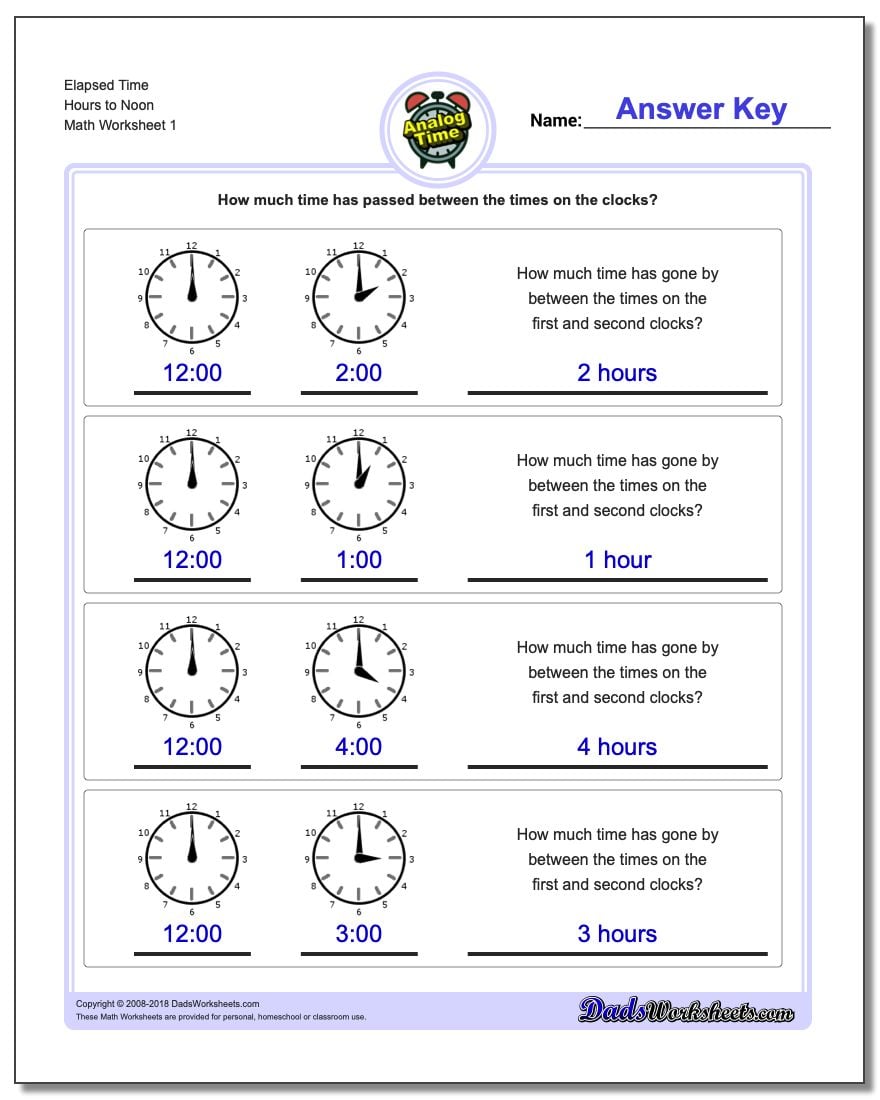
#Time durations how to#
Back to Basics: How to use formulas in Google SheetsĢ40 comments to "Calculating time in Google Sheets: subtract, sum and extract date and time units".Combine duplicate rows, merge values, and add subtotals in Google Sheets.SUMIFS in Google Sheets to sum cells with multiple criteria (AND / OR logic).Change Google Sheets date format and convert dates to numbers and text.Calculate days, months and years between two dates in Google Sheets: DATEDIF formulas.I hope these examples will help you solve your tasks when working with dates and time in Google Sheets. And you can perform various calculations with these records now. These are the ways to not only display date or time, but to separate them to different cells.
#Time durations install#
Install it from the Google Sheets store to test everything out. The add-on is part of the Power Tools collection so you will have more than 30 other useful add-ons at hand. It literally takes the burden of splitting date and time units off your shoulders: And if you'd like to replace your original column with the new data.

You control the desired outcome with just 4 simple settings: Split Date & Time splits all Date time records in your entire column at once. It's really small and easy but its contribution to Google Sheets cannot be overstated. You may be surprised but there's one special add-on for this job. To extract time, place the following subtraction formula into C2:Ĭopy the results into the third row and apply Date format to B3 and Time format to C3: The formula rounds the value down and casts the fractional part away.

To extract date (integer part), use the ROUNDDOWN function in cell B2:.So, your task is down to separating integer from fractional. The integer part represents the date, the fractional - time. So what do you do? Split Date time using formulas If you don't see the time unit in a cell, it doesn't necessarily mean that it's absent, and vice versa. However, if you'd like to use these values for future calculations (subtract, sum, etc.), this won't be enough. In order to display date or time in one cell on your screen or to print it, just select the original cell, go to Format > Number and choose Date or Time. You want to set them apart: extract only the date to one cell and only time to another.

Let's imagine that one cell in Google Sheets contains both, date and time.
#Time durations full#
Extract date and time from a full "date-time" record And you can actually perform calculations with them: subtract, sum, convert to decimal, etc. The trick here is to choose the correct format to display the result.īy default, the result will be formatted as Duration - hh:mm:ssīut most often the default time or duration format won't be enough, and you will need to come up with your own one.Ī7:A9 cells contain the same time value.

Instead of using platform time routines, you should use roscpp's time routines for accessing the current time, which will work seamlessly with simulated Clock time as well as wall-clock time.To find the total time in your table in Google Sheets, you can use the SUM function. ROS has the ability to setup a simulated Clock for nodes. a duration instance with sec = -1, nsec = 5e8 represents a duration of -0.5 seconds and not -1.5 seconds. Beware that negative durations interpret sec and nsec so that float_time = sec + nsec * 10e-9, so e.g. Time cannot be negative, while durations can hold both positive and negative values (represented by negative sec nsec is always non-negative). Times and durations have identical representations: int32 sec "today at 5pm") whereas a Duration is a period of time (e.g. ROS has builtin time and duration primitive types, which roslib provides as the ros::Time and ros::Duration classes, respectively. See also: ros::TimeBase API docs, ros::DurationBase API docs


 0 kommentar(er)
0 kommentar(er)
